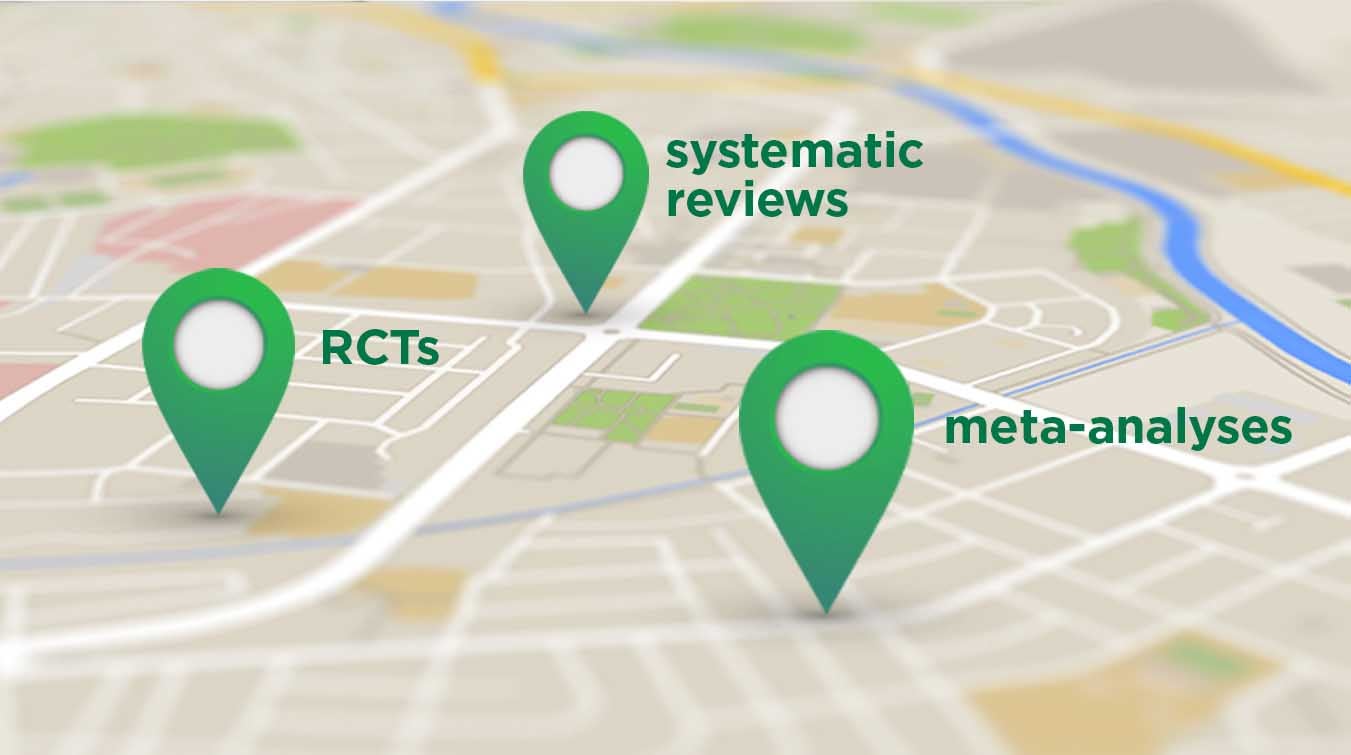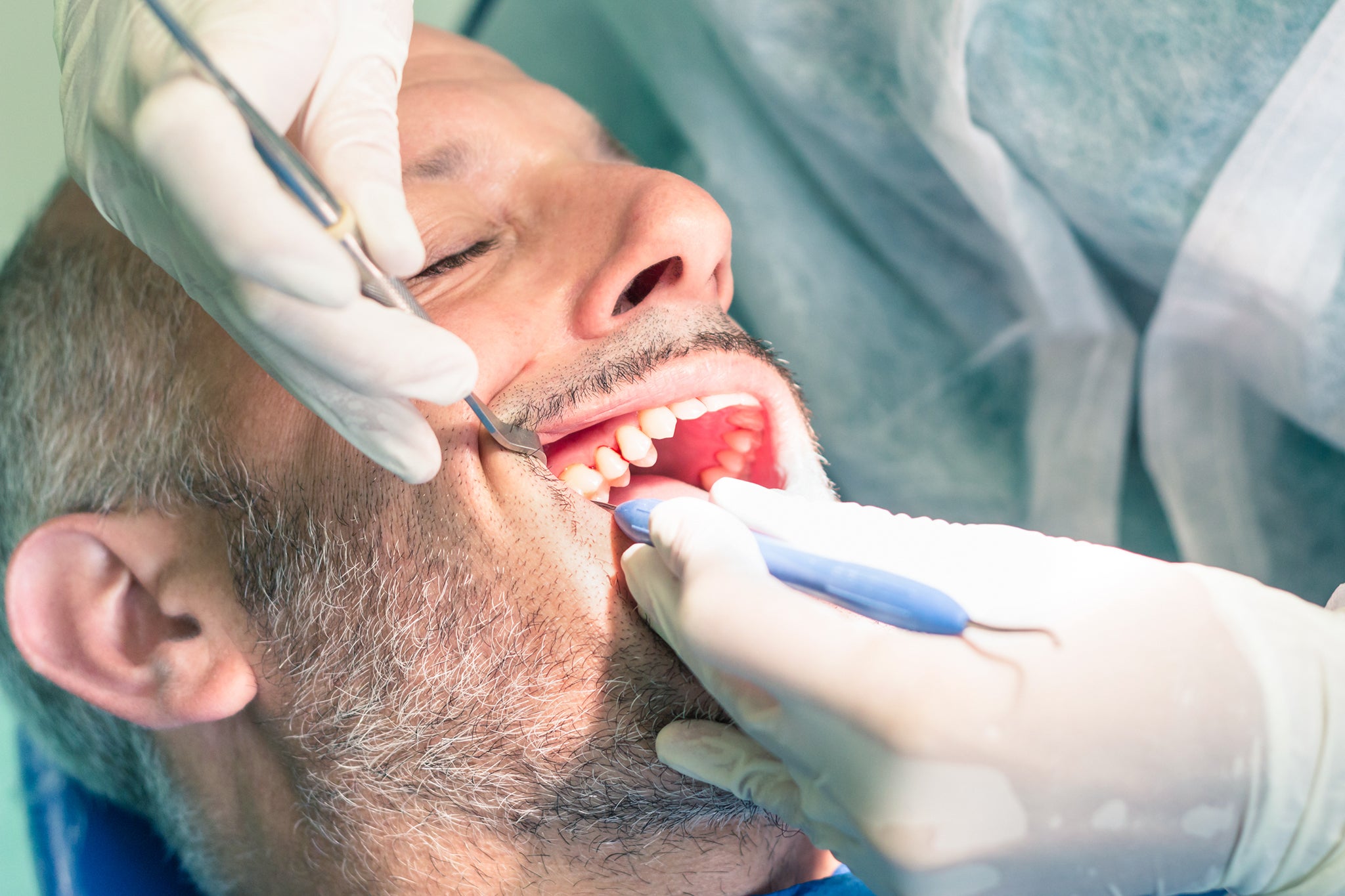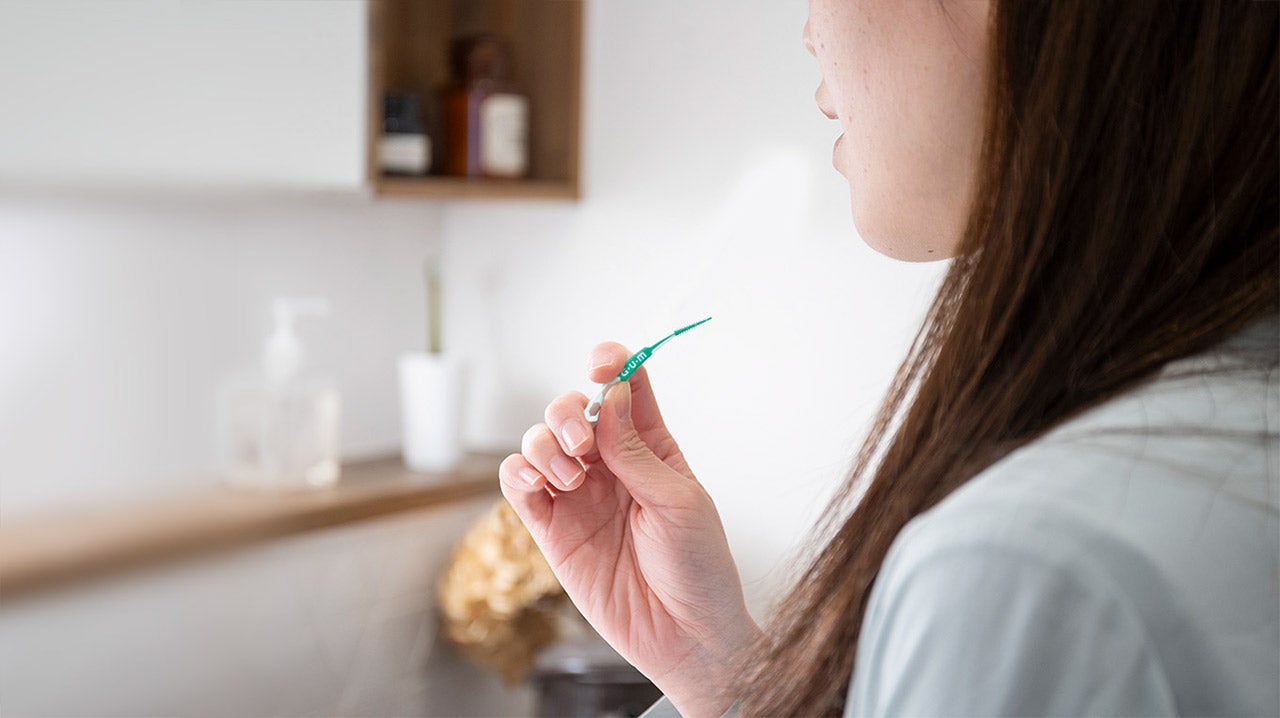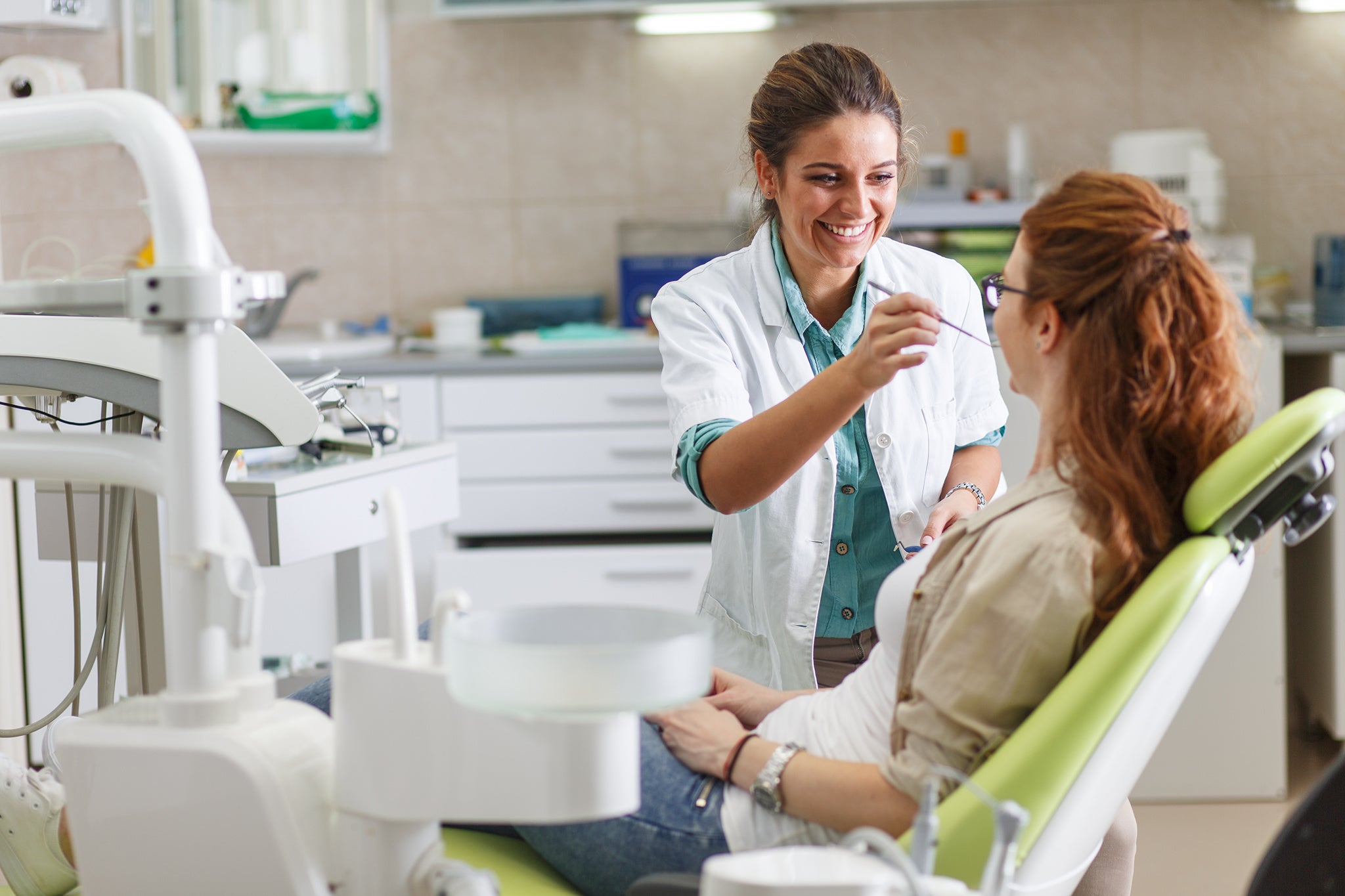
Compliance in Interdental Cleaning: Treating a Patient, not Just a Mouth
Compliance with a daily oral hygiene routine remains one of the greatest issues in dental care. Not that health professionals are not trying! In this blog we discuss the latest peer-reviewed evidence on the role of ease of use in compliance. Discover why ‘easier to use is better than better’, and how a simple ‘Oral health ease-of-use ladder’ can help provide solutions that give patients early ‘easy wins’ and help them adopt interdental cleaning.
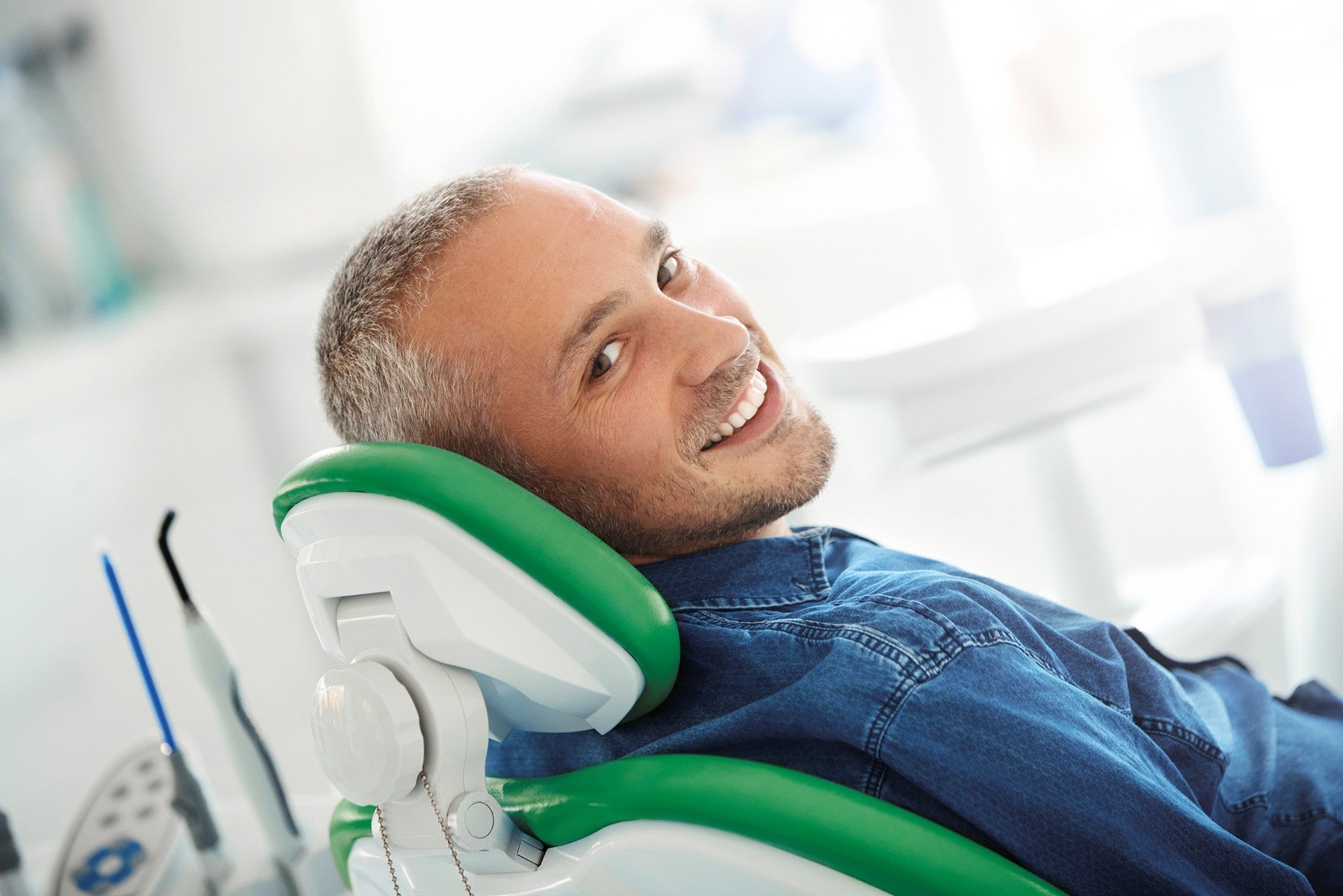
The compliance challenge: is there a better way?
Since data on the cost of poor oral health has been kept, many billions have been spent on oral diseases resulting from poor oral hygiene [1]. The toll is staggering both in terms of cost and impact on overall health and patient well-being. The problem is widespread with periodontitis affecting up to 70% [2] of the population while its most severe form affects almost 10% of the global population [3].
Prevention and management of gum disease is a lifelong commitment, which is why gum disease can only be managed with good compliance [4]. Unfortunately, compliance with a daily oral hygiene routine remains one of the greatest issues in dental care [5].
Not that health professionals are not trying! Dentists and hygienists the world over spend untold hours explaining to their patients the importance of good oral health and demonstrating good oral hygiene practices. Yet the adoption of floss and other interdental cleaners is stubbornly low and is estimated at less than 30% of the population in Europe [6].

This scenario forces us to make a tough choice: accept that poor oral health practices are here to stay among a significant portion of the population or find new ways of encouraging our patients to engage in good oral hygiene practices.
Treating a patient, not just a mouth
Most patients, and certainly those who regularly visit dental practices, have heard from their oral health professionals about the importance of interdental cleaning.
So why is the compliance track record so poor for so many patients?
A general belief is that interdental cleaning is only necessary when there is a problem, and it's difficult to adopt a cleaning technique that is complex or hard to remember.
Our challenge is that patients do not just have mouths which require mechanical cleaning. They are people – each with their own characteristics, habits and desires. Modern patients do not want to be ‘told’ what to do, but rather want to collaborate with their dentist and hygienist in making their oral health care decisions.

We need to gently steer patients in the right direction based on good conversations and a common understanding.
Where to start? Easier is better than better
Perceived ease of use is primordial. From household appliances to smartphones and novel engineering gizmos, it has long been established that user adoption is heavily influenced by a product’s ease of use, and accordingly, by the ease with which it can be incorporated into current workstreams or habits.
In fact, widely established “technology adoption models” (TAMs) find that when users are presented with a new technology, ease of use (defined as "the degree to which a person believes that using a particular system would be effort-free") is required for adoption. If it's not easy to use, no one has a positive attitude towards it [7] [8].
People adopt specific products not because they are the best, but because they are easiest to use, and because they fit best with their established lifestyle. In other words:
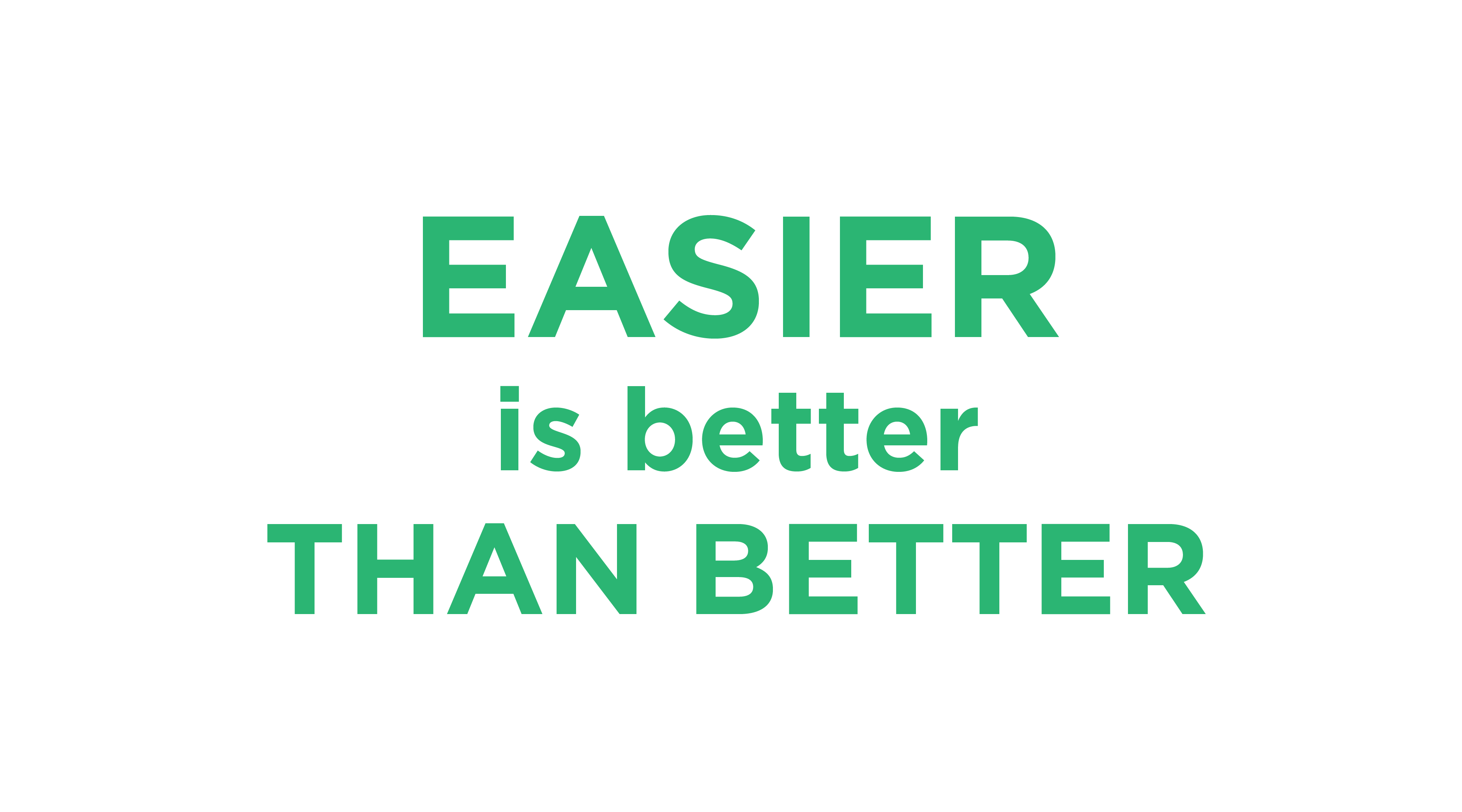
For this reason, teaching patients the “ideal” oral care regimen may not yield best results, if this regimen is likely to be “difficult” or a “stretch” for them.
We are much more likely to have success when working to move patients up the oral health ladder step by step, starting with “easy”. Dentists and hygienists can act as coaches for their patients and encourage them to improve in specific areas starting with “easy wins”, and then move on. First and foremost, we need to recommend something patients are willing to use.
What’s the evidence on ease of use in interdental cleaning?
Flossing is a long-established method to remove plaque and prevent the build-up of harmful bacteria. However, while high quality flossing is indeed effective, it is difficult to achieve in real life [9]. Indeed, randomized controlled data has shown that easier-to-use interdental brushes and rubber interdental picks are associated with greater compliance, efficacy and outcomes [10] [11] [12].
Accordingly, an “ease-of-use ladder” can be stablished based on randomized controlled trials (RCTs).
- Interdental brushes
The superiority of interdental brushes is thought to be due to the higher efficacy of plaque removal and high patient acceptance, as well as ease of use [13] [14] [15] [16]. Because interdental brushes are easier to use than floss, patients are more willing to use them. Moreover, interdental brushes are better able to fill the interdental space and remove plaque than floss [17] which again makes it easier for patients.
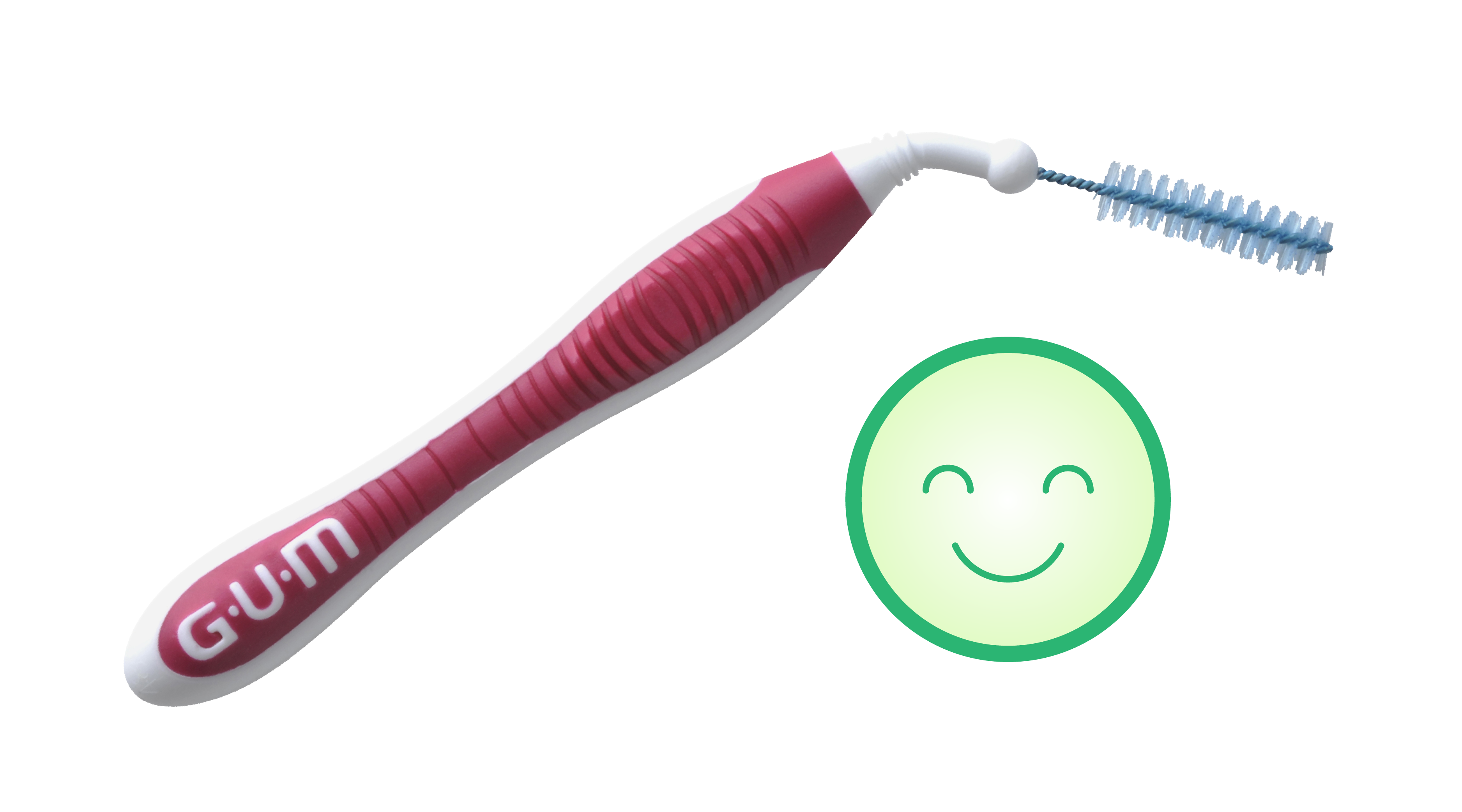
- What about rubber interdental cleaners?
While brushes are extremely effective and easy to use (see above), the latest evidence shows that patients prefer rubber interdental cleaners to (already best in class) brushes because they are particularly easy to use and cause fewer gum abrasions (i.e. pain) [10]. They are designed to remove interdental plaque and stimulate gingival blood flow [11] [17].
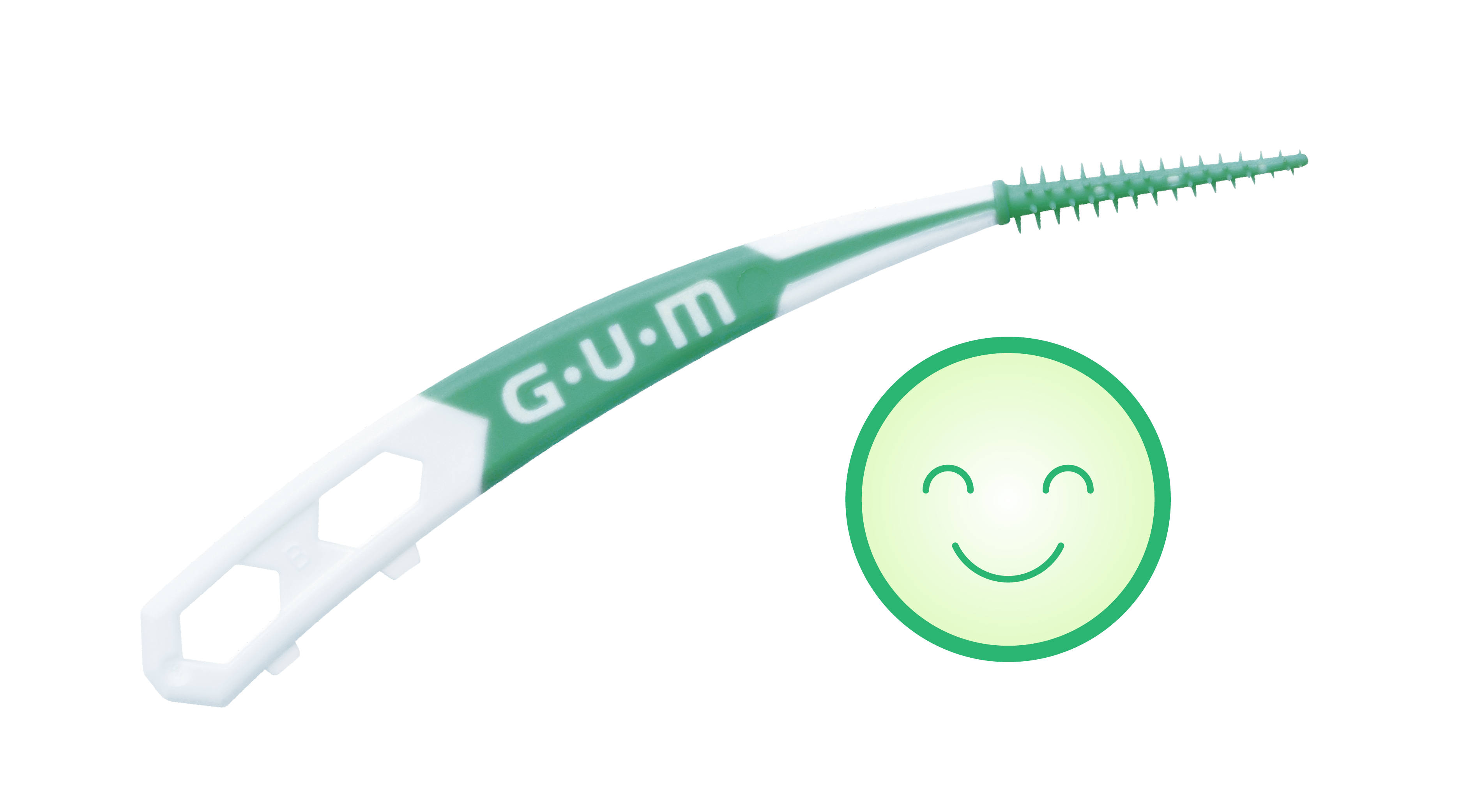
To find out more about the evidence on interdental cleaning and discover findings from 17 RCTs and 6 systematic reviews and meta-analysis: watch our 4 short, animated Virtual Training modules supported by an expert faculty member and download the White Paper.
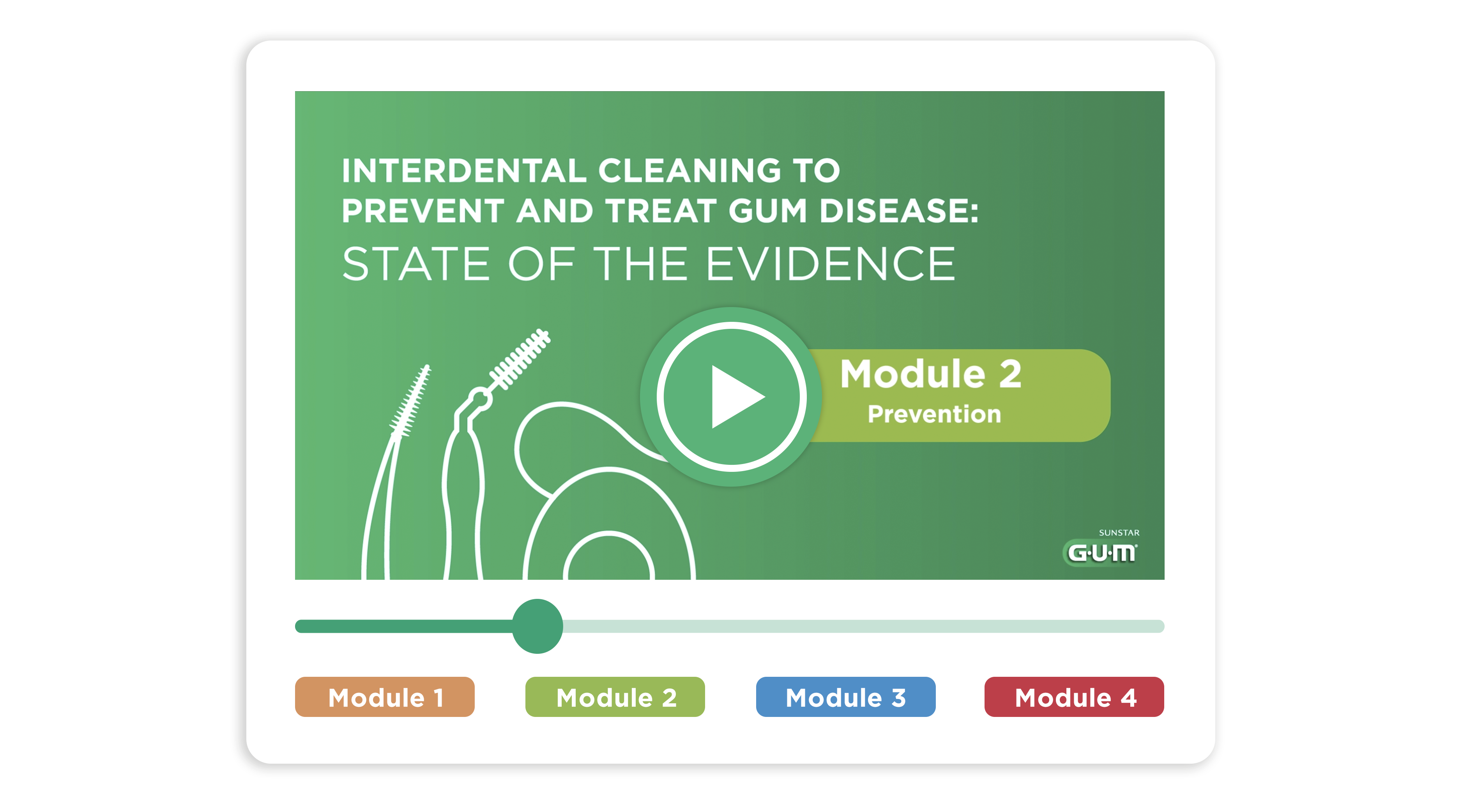
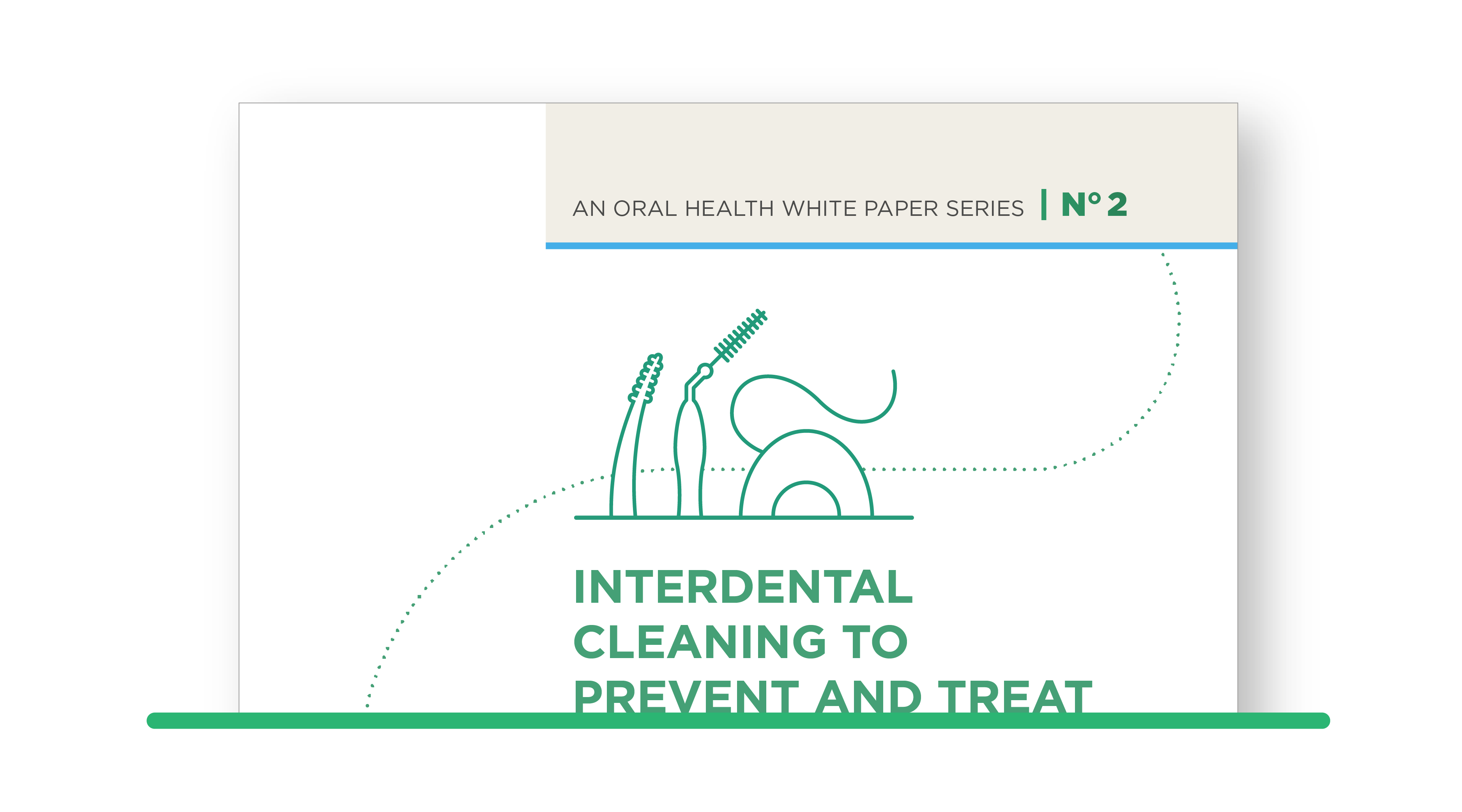
SUNSTAR’s GUM® TRAV-LER® range: designed for ease of use
The GUM TRAV-LER range is defined by its ease of use. It offers patient-preferred comfort, ease of use and clinically validated efficacy.
- The GUM TRAV-LER has a bendable neck up to 90° (no need to bend the wire) to easily reach back teeth, giving patients greater control.
- A soft, hip-shaped rubber grip with non-slip ridges allows for comfortable finger placement on a handle of consumer preferred-length, yielding superior patient comfort & ease.
- The gentle bristles, rounded tip and coated wires, provide patients with a gentle mouth feel, reduce risks of gum trauma, enamel and implant damage
- Finally, the GUM TRAV-LER’s proprietary triangular bristles remove up to 25% more plaque than regular filaments and are coated in CHX & silver to provide antibacterial protection between uses.
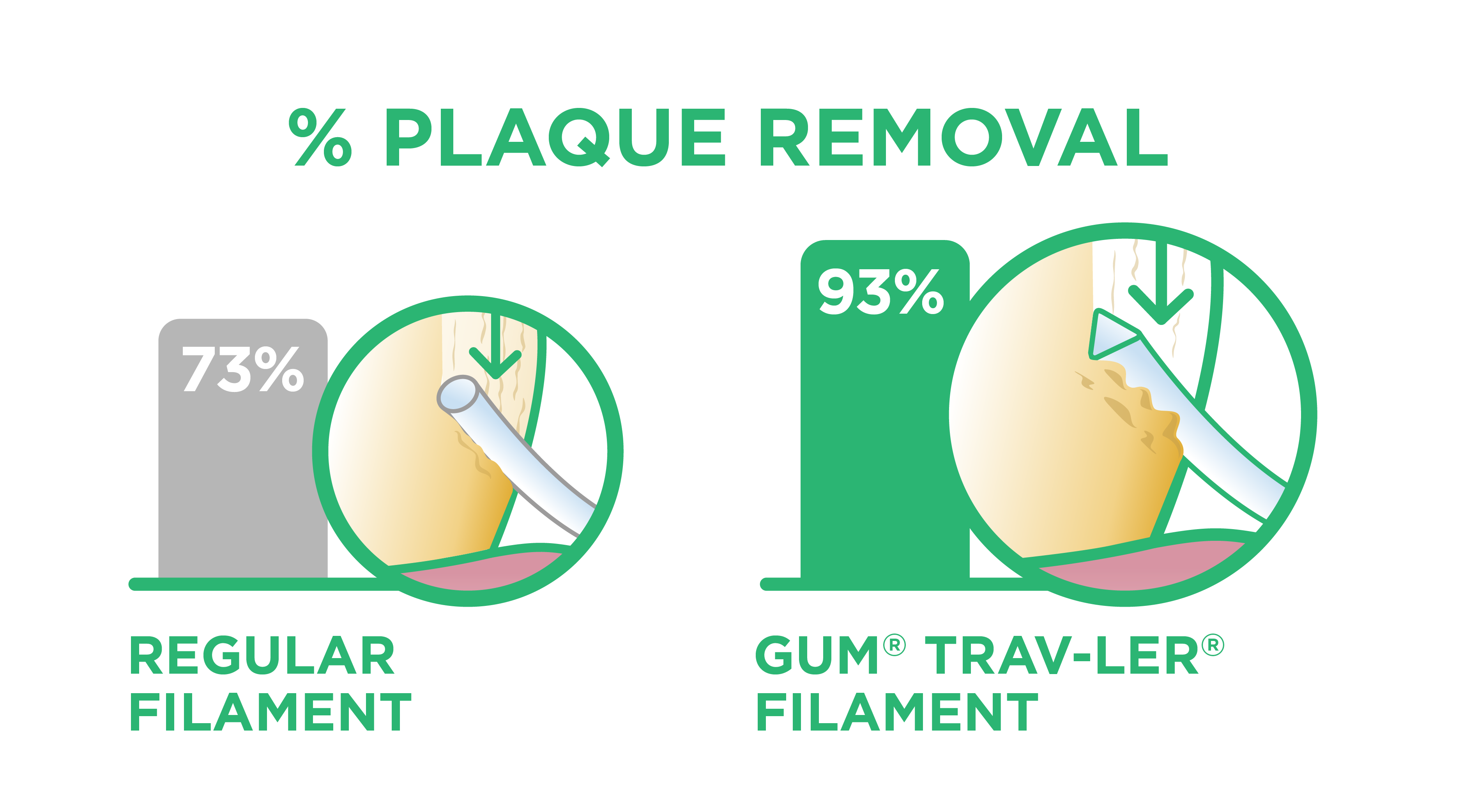
The NEW GUM TRAV-LER range has been extended for every morphology.
Our interdental brush is now available in 10 different sizes & 2 different brush shapes: conical and cylindrical. The NEW GUM TRAV-LER range has been adapted for every morphology.
Implementing the ‘Ease-of-use strategy’
If interdental brushes and rubber interdental cleaners are easy to use, how to choose from the vast choice of tools? We know from the literature that there is no single cleaning aid that works best for all patients [17].
Indeed, a recent systematic review found that the choice of an appropriate interdental cleaning aid is not only influenced by the patient’s periodontal status and the size of interdental space (sufficient in “theory”). It is also heavily influenced by “soft” human factors such as the perceived ease of use, acceptability, dexterity, and motivation of the individual [18]. This, it can be argued, is the “practical” approach which drives compliance.
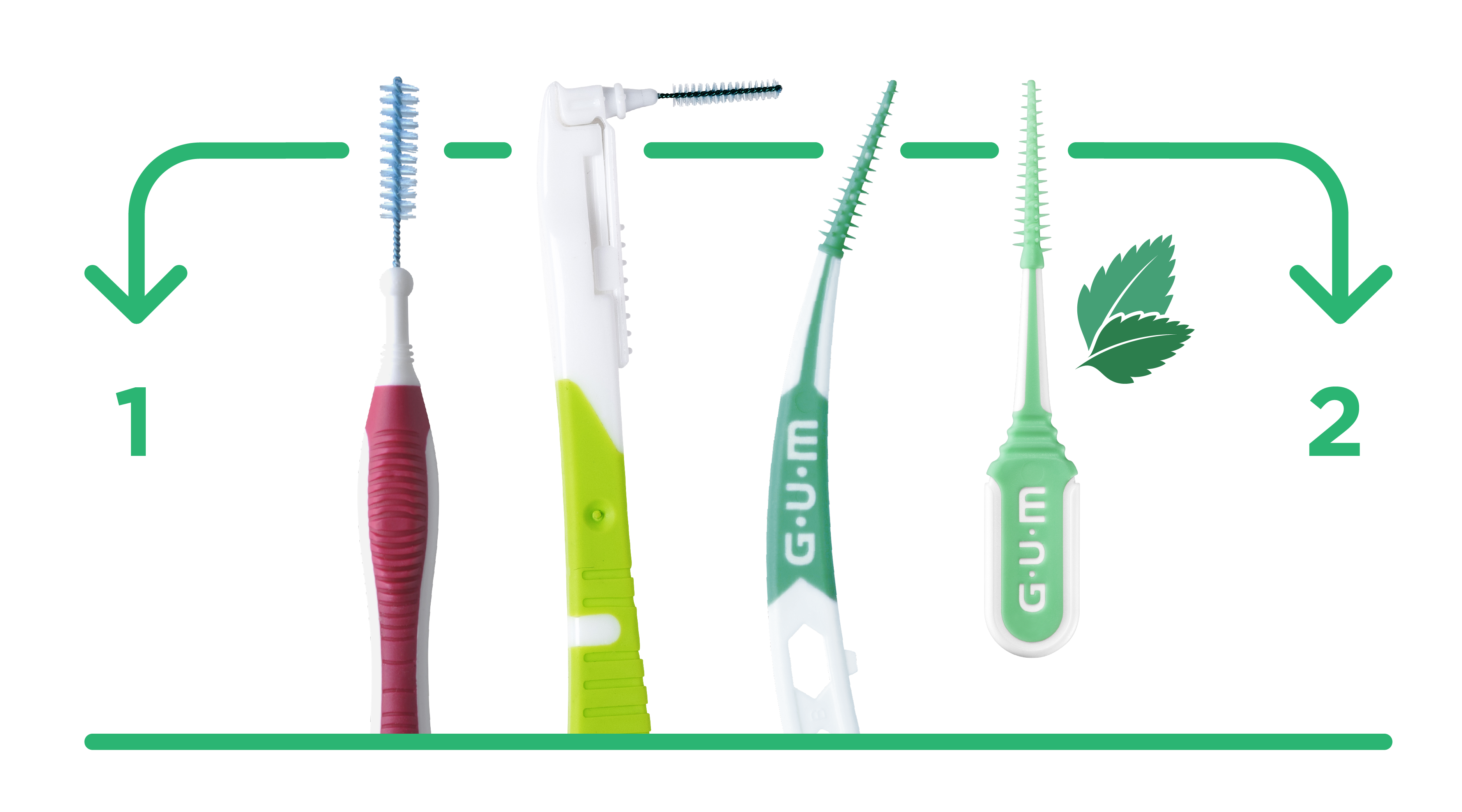
1. Periodontal Health Status
2. Psychometrics & Purchasing Pehaviour
Accordingly, GUM has developed a simple recommendation that allows carers to consider their patient’s periodontal health status (healthy or not) and then match it with their patient’s behaviour and motivation to propose a solution more likely to be adopted, simply because it has a good patient fit and is easiest to use.
We call it the ‘Oral health ease-of-use ladder’. How does it work?
- Consider whether your patient is periodontally healthy or compromised
- Consider current patient behaviour: what is the patient currently using? Toothbrush only? Toothbrush and irregular ID cleaning?
- Gauge your patient’s motivation: is it low, normal, normal to high?
- Are there dexterity issues?
Having made this assessment based on patient conversations, we advise making a two-step recommendation, gently edging your patient up the oral health ladder. Using this simple ‘oral health ease-of-use ladder’, you can encourage compliance among the most hesitant, leveraging patient-preferred tools and promoting full mouth care: interdental cleaning at home and on the go.
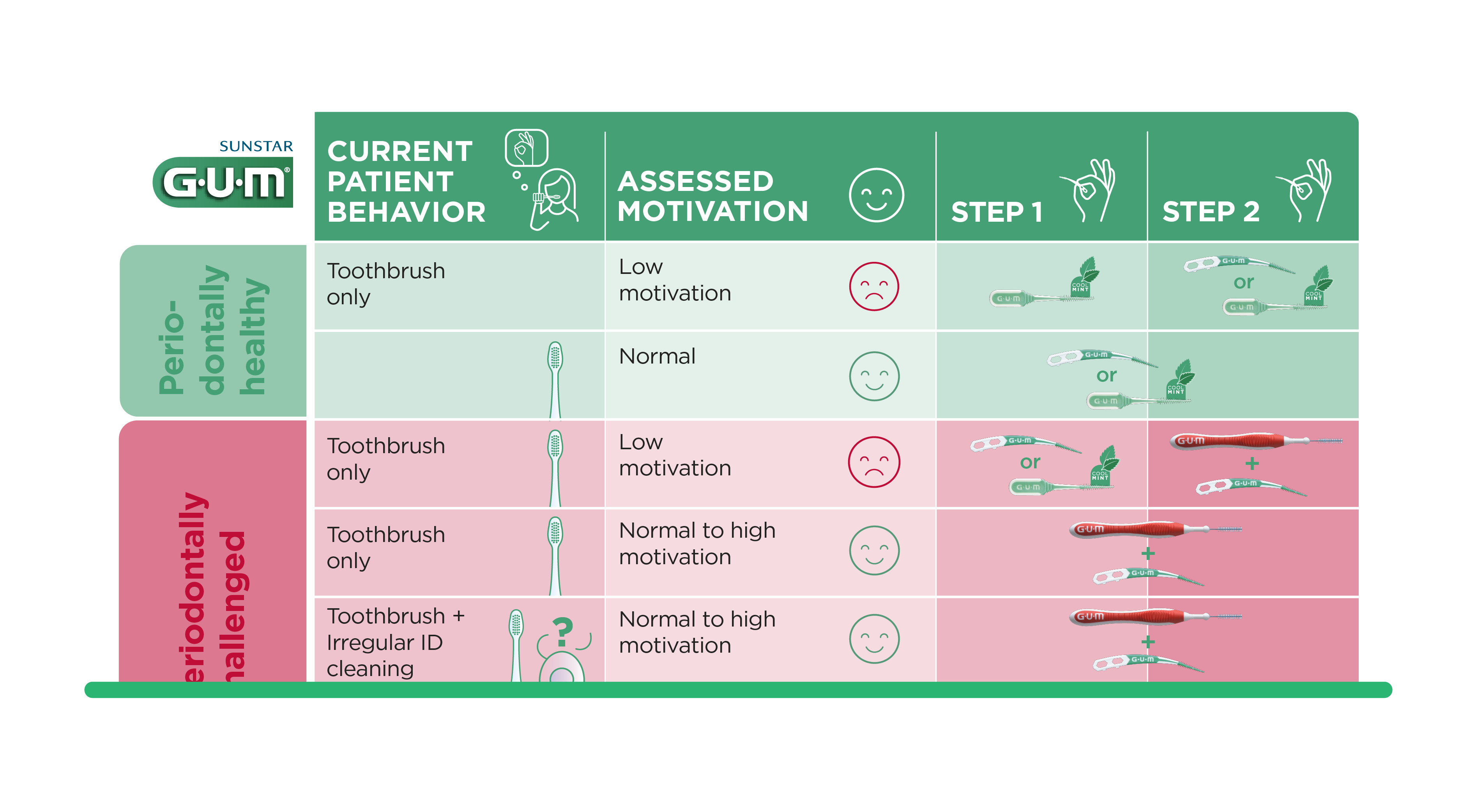
For the most hesitant, low motivation patient, irrespective of health status, always start with rubber interdental cleaners (space permitting). They have been clinically demonstrated to be effective in randomised controlled trials, and even easier to use than state-of-the art brushes. Patients prefer them because they are particularly easy to use and cause fewer gum abrasions [10]. For patients needing an extra nudge, you may want to consider mint-flavored rubber interdental cleaners.
You can recommend these with peace of mind, since easier-to-use rubber interdental cleaners are associated with greater compliance, hence efficacy and outcomes [10] [11]. There is no easier way to start climbing the oral health ladder!
For the periodontally compromised patient, always recommend best-in-class GUM TRAV-LER interdental brushes – either as a second step, after the adoption of rubber interdental cleaners or right away in combination, so as to promote interdental cleaning at home and on the go.
Effective techniques for speaking to patients
Say you want to speak to your patients about oral hygiene and best-in-class, easy-to-use tools. Good patient communication helps to ensure happy patients and growing practices. Here is some experience acquired throughout the years [19] [20].
Frame the risk
Listening to your patients with empathy and using orienting language to set the stage is always a good idea. Let your patient know that when it comes to gum health, everyone is concerned. Dismiss unrealistic optimism and let them know that without interdental cleaning they will develop gingivitis.
Inquire & Align
Inquire about patient expectations and assess motivations.
When conversing with patients, make best effort to align their expectations with their likely experience. Acknowledge that first use of an interdental cleaning device may be awkward but reassure that most patients grow to like cleaning between teeth and enjoy the feeling of a total mouth clean.
Align recommendation with patient motivation – we suggest you rely on our ‘Oral health ease-of-use ladder’ to recommend a regimen that promotes compliance. Make first product experiences as easy as possible. Make ‘early wins’ and move on. Suggest regular visits and make the next appointment.
Demonstrate
Demonstrate how to use recommended tools using visual prompts, as they increase patient comprehension. Keep it as easy and simple as possible. Foresee information overload and provide tools to review techniques at home.
In summary, positively framed key messages and good patient communication increase patient satisfaction, while easy-to-use dental hygiene regimens have been shown to drive compliance. Combining the two is likely to be a winning formula for happy patients and cleaner mouths!
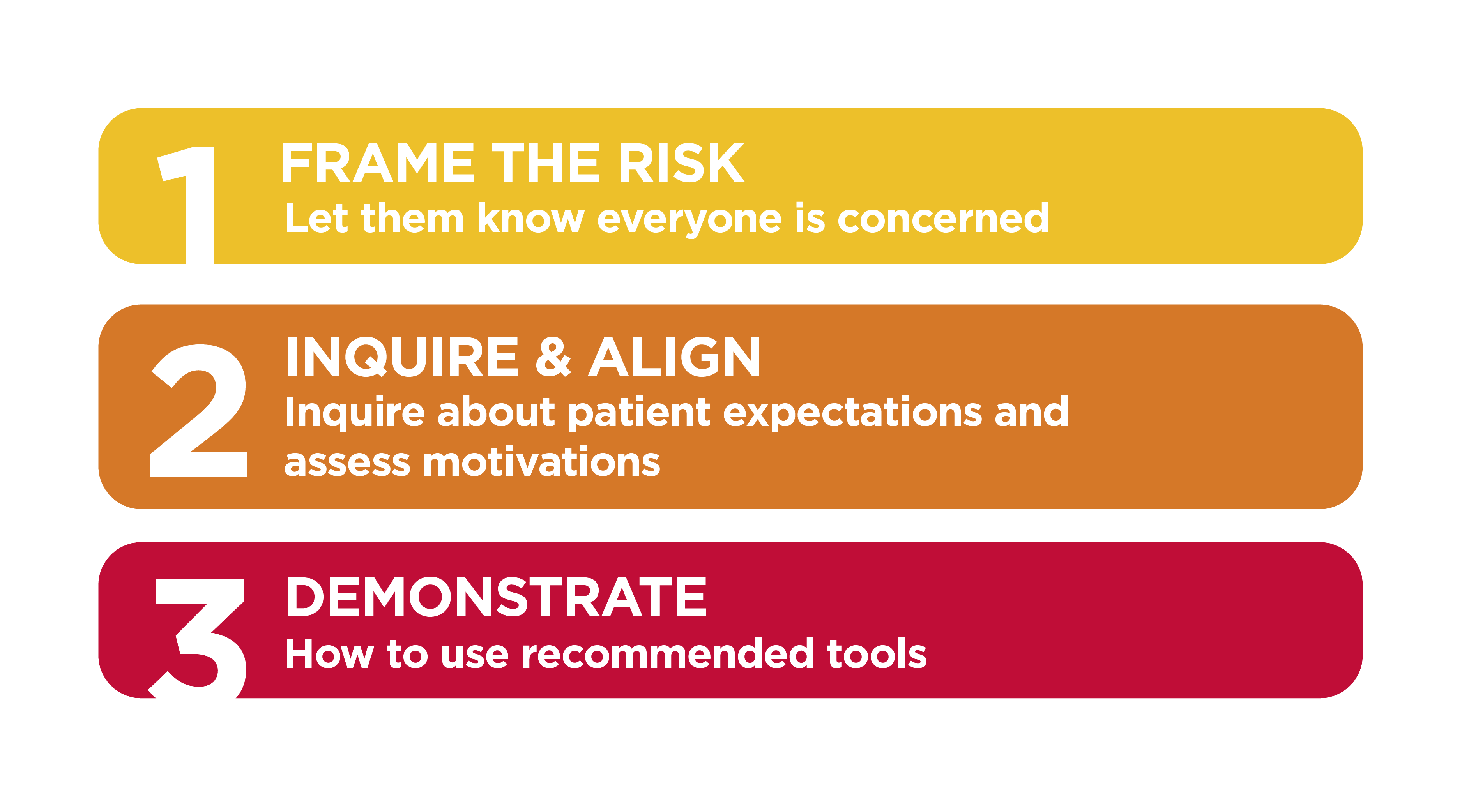
Tips and tricks to motivate adoption
Let your patient know that 'losing teeth is not inevitable' and can be prevented with good oral care. Interdental cleaning must always be part of the equation, at all stages of life.
Think of the patient reward, give them ‘easy wins’: we know that patients love seeing or feeling how much food they have taken out between teeth. Using interdental picks after a meal may be a good starting point.
Your patient seeks your approval.
Let your patients know you look forward to hearing about their experiences with interdental cleaning during their next visit.
We know how important it is to make your patient's first purchase really EASY.
GUM interdentals are available at local pharmacies and now, conveniently, on AMAZON.

Interested in finding out more?
To find out more about the evidence on interdental cleaning and discover findings from 17 RCTs and 6 systematic reviews and meta-analyses: watch our 4 short, animated Virtual Training modules supported by an expert faculty member and download the White Paper.



[1] According to FDI World Dental Federation, US$110 billion are spent yearly on oral healthcare in the United States alone. In the European Union, annual spending on oral healthcare was estimated at €79 billion in the years 2008-2012, which is more than the money invested in the care of cancer or respiratory diseases.
[6] SUNSTAR Europe Consumer Research: 4’000 patients France and Germany, 2018.




